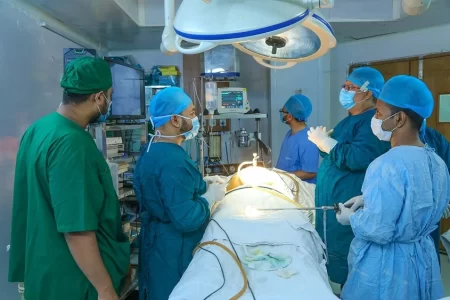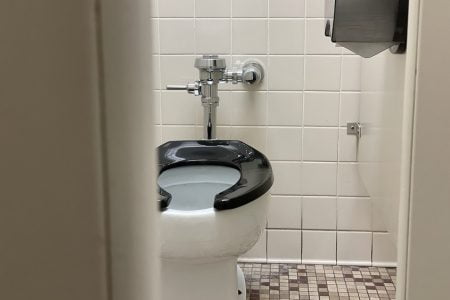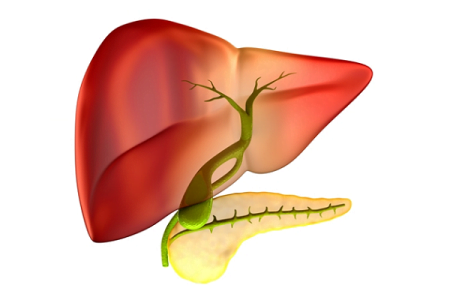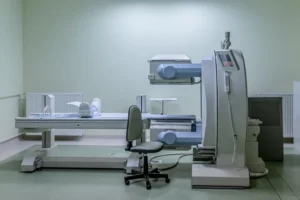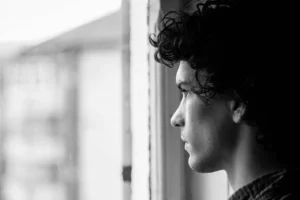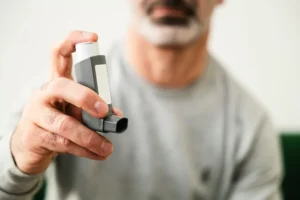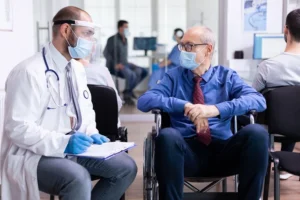What Is Gallbladder Pain Like?
- Updated on: Jun 26, 2024
- 4 min Read
- Published on Oct 4, 2019
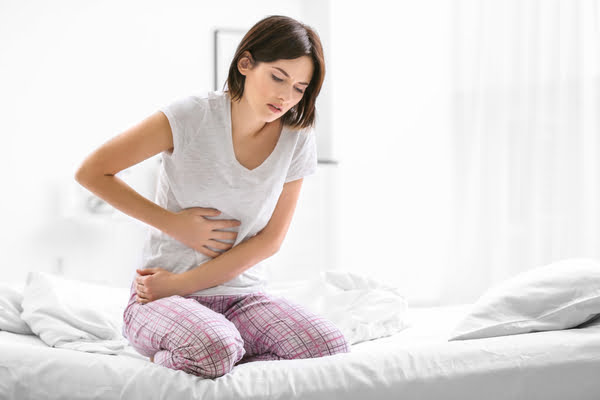

What causes pain in your gallbladder?
Gallbladder pain (often misspelled “gall bladder”) is a term used to describe any pain that occurs due to a disease or a medical condition of the gallbladder. The majority of gall bladder pain is caused by gallbladder problems such as biliary colic, cholecystitis, gallstones, pancreatitis and ascending cholangitis.
What are the causes of gallbladder pain?
Most gallbladder problems that produce gallbladder pain include such as:
- gallstones
- pancreatitis
- ascending cholangitis
- biliary colic
- cholecystitis
There are two major causes of pain:
- intermittent or complete blockage of any of the ducts by gallstones
- gallstone inflammation or deposits that may cause irritation or infection due to such as blocking of the ducts. This may result in an inadequate blood supply too to the surrounding area due to blockage of blood vessels.
What is biliary colic?
Bliliary colic is also known as a gallbladder attack or a gallstone attack. The term refers to the pain that occurs due to a gallstone temporarily blocking the bile duct.
The pain can be felt in the right upper part of the abdomen, radiating to the shoulder. The pain usually lasts from one to a few hours. Generally, it occurs after eating a heavy meal, or during the night. One can experience repeat attacks, which is quite common.
What is the mechanism of gallbladder pain?
Gallstones can sometimes get lodged in your bile ducts leading from the gallbladder or liver into your intestines. When gallstones lodge in the ducts, they may cause a specific type of pain. This pain is called biliary colic.
Most of the times these gallstones do not cause any pain. They are usually found accidentally during abdominal ultrasonography for the diagnosis and evaluation of some other problem. The gallstones can remain truly silent in many cases.
When gallstones lodge in the duct leading from the gallbladder, the duct leading from the liver to the cystic duct, or the duct leading from the cystic duct to the intestine, the normal flow of bile from the liver is disturbed. Due to this obstruction of the common hepatic or common bile duct, the backup of bile causes the ducts to get stretched. This stretching causes the development of pain called biliary colic. If there is an obstruction in the cystic duct, fluid is secreted into the gallbladder leading it to distend. This stretching again causes the pain (biliary colic). The pain stops when the gallstone unlodges from the ducts.
Gallbladder Pain Symptoms: What are the characteristics of gallbladder pain? What is gallbladder pain like?
The gallbladder pain may be represented as intermittent, constant, abdominal, radiating to the back, mild to severe depending upon the underlying cause. The duration of pain may last from 15 minutes up to several hours.
The type of gallbladder pain usually depends on the cause and may be accompanied by other symptoms. Most common causes of gallbladder pain include:
Cholelithiasis:
This is condition of deposition of gallstones in the gallbladder. It causes mild to severe pain in the upper right abdomnal part.
Biliary colic:
It is a condition of an intermittent blockage of a duct from gallstones or bile sludge. The pain associated with this condition is often sudden and increases rapidly in the upper abdomen, just under the right side of the ribs but also in the centre. It may also radiate to the right shoulder blade. It can occur at any time, day or night, and characteristically lasts from 1 to 5 hours.
Cholecystitis:
This is condition of inflamed gallbladder tissues. In this case the pain is severe and steady, and lasts longer than biliary colic. The pain occurs in right abdominal area and can spread towards the right shoulder as well. It may get worse by moving or coughing.
Pancreatitis:
The pain associated with this condition occurs just below the ribs that build up over a couple of days. It usually radiates to the back and abdomen is tender. It has characteristic feature of getting intensified after eating.
Cholangitis:
In this condition bile ducts get infected. In this case, there is appearance of upper right abdominal discomfort at first, which turns into abdominal pain. This condition needs emergency medical treatment.
Where do you feel gallbladder pain?
Since gallbladder is situated in right upper quadrant of the abdomen, gallbladder pain is generally experienced in the upper right side of the abdomen also known as the epigastrium area. Other infrequent location of gallbladder pain is the left upper abdomen and rarely the lower abdomen.
Sometimes the pain may radiate to other areas such as right shoulder or the tip of the right shoulder blade known as scapula in the back.
In some patients, pain persists even after gallbladder removal which can be caused by bile reflux, bile leakage due to accidental bile duct injury, sphincter of Oddi dysfunction.
Other diseases that cause pain similar gallbladder pain
In case a biliary colic is suspected, there could be a possibility of heart pain (angina or heart attack) too, which should be evaluated.
Though the heart pain (chest pain) and biliary pain are caused by two entirely different processes, but there are some commonalities in them. You may confuse one with another. Sometimes, heart pain can be felt in the mid-upper abdomen, and sometimes biliary colic can also be felt in the chest. You may experience nausea and vomiting in heart pain. Therefore, you should also get an electrocardiogram (ECG, EKG) done even if the pain is typical of biliary colic to exclude any possibility of heart problems.
What should you do if you suspect gallbladder pain?
You should seek medical advice immediately if you develop abdominal pain that lasts for more than 8 hours, or if the pain is so intense that you cannot get relief in any position, or if you have a high temperature or chills, or if the pain is accompanied with jaundice.
Your doctor will likely recommend diagnostic tests to help understand the cause of the pain. Accordingly, the treatment plan will be prepared for you. Diagnosis may involve such as physical examination, Cholangiography, Abdominal ultrasound, Magnetic resonance cholangiopancreatography (MRCP), Endoscopic ultrasound, Abdominal X-ray.
If the pain is due to gallstones, your doctor will provide treatment for it. Read about gallstones diagnosis and treatment.





